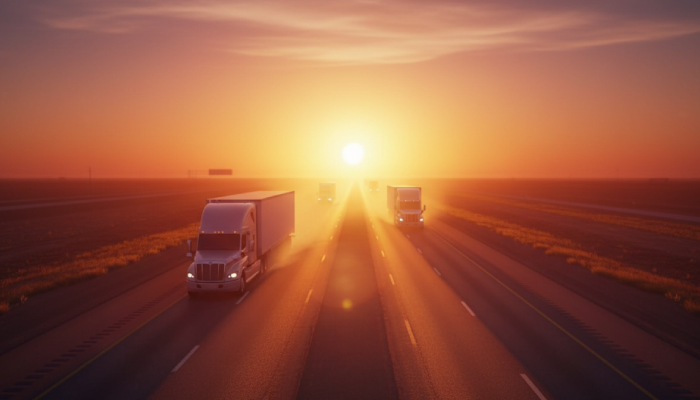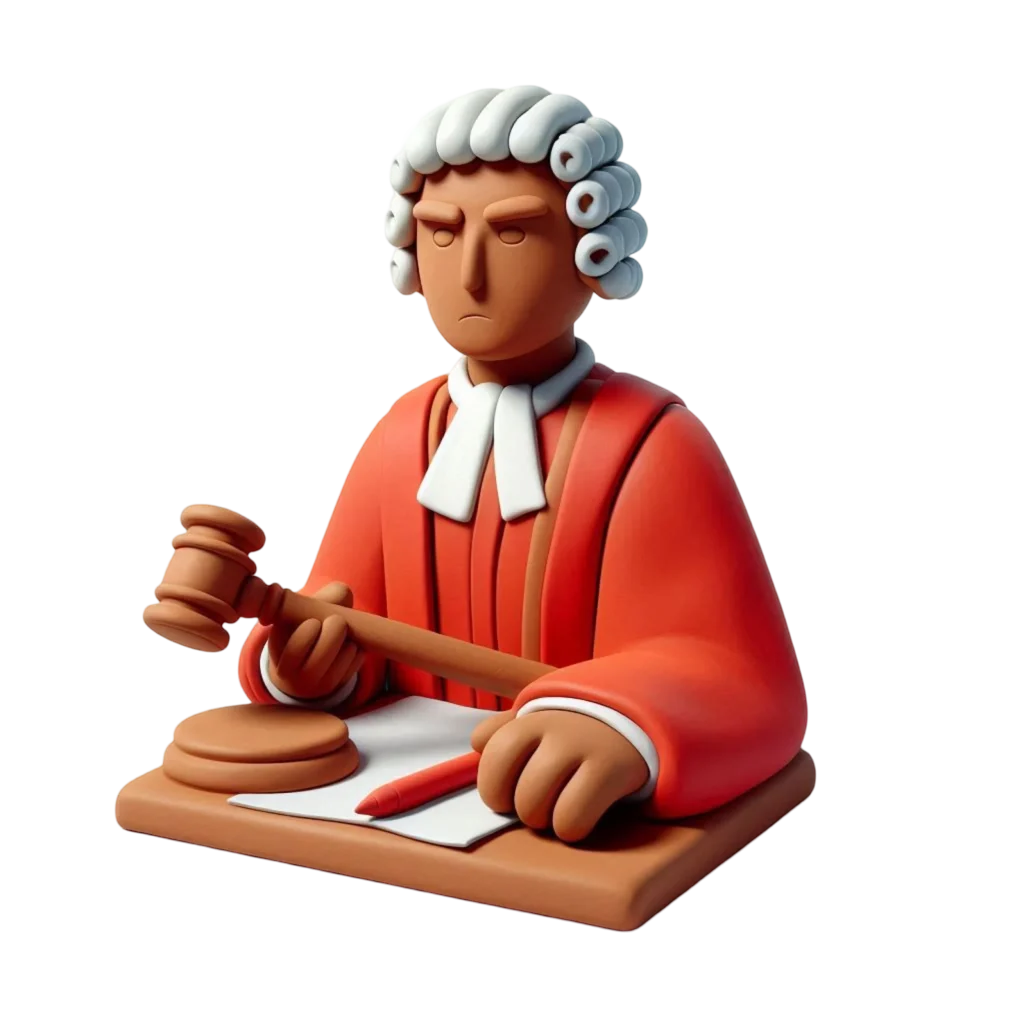Every day, millions of traffic collisions take place across the globe. Among these incidents, tens of millions of individuals sustain non-fatal injuries many of which lead to lasting disabilities. With such staggering numbers, it’s no surprise that civil lawsuits related to motor vehicle accidents are both frequent and complex.
In these cases, traffic accident animations have become a powerful tool for illustrating the details of an incident. They help clearly demonstrate liability, reconstruct the sequence of events, and make complicated evidence more understandable to judges, juries, and legal teams alike.
If you’re thinking about collaborating with an accident reconstruction expert to produce a traffic accident animation, there are a few key insights you should know first. Below are six essential considerations that can help attorneys make informed decisions when exploring motor vehicle animation services.
Partnering with a reputable Legal Animation team ensures your visuals are not only compelling but also accurate, persuasive, and admissible in court.
1. What Types of Traffic Accidents are a Good Fit for Animation?
How can you tell if a Legal Animation is the right fit for your plaintiff or defendant? In most vehicle-related cases, a visual recreation can play a vital role in clarifying complex evidence. From simple fender benders to major collisions, traffic accident animations help transform confusing data into a clear, visual story that’s easy to understand.
Below are the four major accident types that particularly benefit from this form of 3D animation.
Car versus Car
One of the most common uses for accident reconstruction animation is a crash between two passenger vehicles. Every collision is unique, involving different speeds, visibility conditions, vehicle models, road obstructions, and weather factors.
Through animation, investigators and juries can better comprehend the dynamics of the crash. Instead of relying solely on technical collision reports or unclear photographs, the animation recreates the event in a visually compelling and easily digestible way helping everyone clearly see how the incident unfolded.
Motorcycle versus Car
According to the National Highway Traffic Safety Administration (NHTSA), motorcyclists are nearly four times more likely to be injured than drivers of passenger vehicles. This makes it even more crucial to visually explain how these accidents happen.
A Legal Animation can recreate the exact sequence of events, showcasing different perspectives such as:
- An oblique view for overall scene clarity
- A right-way vs. wrong-way scenario to explore liability
- A matched security footage view for factual alignment
These perspectives give juries a transparent and unbiased understanding of what truly occurred on the road.
Large Trailer Trucks
Just like regular vehicles, truck accident reconstructions are prime candidates for detailed visual analysis. Given the size and weight of these vehicles, their collisions often result in severe outcomes. Animations can vividly illustrate scenarios such as:
- Fender benders with smaller vehicles
- Truck and cyclist crashes
- Lane-change or blind-spot collisions
- Truck and pedestrian impacts
These detailed recreations help clarify visibility challenges, driver decisions, and environmental factors that can be easily missed in written reports.
Other Vehicle Accidents
Not all accidents involve cars and trucks. Legal Animations can also be applied to:
- Vehicle versus pedestrian incidents
- Vehicle versus cyclist collisions
- Public transportation accidents, including buses, trams, and trains
By visually reconstructing these events, the audience gains a deeper understanding of motion, timing, and environmental context factors that can dramatically influence the case outcome.
Don’t Forget Airplane Accident Reconstructions!
While air travel continues to become safer, general aviation accident rates have dropped by about 13% in recent years the complexity of these incidents makes aviation animations incredibly valuable.
These reconstructions allow experts and juries to see the incident from limitless perspectives, offering a clearer picture of cause and effect. They can also explain the intricate mechanics of how an airplane operates, something most jurors are unfamiliar with.
Whether you’re representing a client involved in a car, motorcycle, truck, or airplane crash, Legal Animation provides one invaluable feature: it can depict alternate scenarios. Known as “right-way vs. wrong-way” animations, these visuals show how decisions or actions could have changed the outcome of the event.
By presenting these “what-if” moments, legal teams empower juries and decision-makers to evaluate responsibility, understand critical choices, and determine liability with far greater clarity.
2. How Are Traffic Accident Animations Created?
Once the project scope is approved, the Legal Animation team begins by carefully reviewing every available piece of evidence from accident reconstruction reports and vehicle models to police documents and witness statements. When needed, they also visit the crash site to capture detailed laser scans and on-site measurements for complete accuracy.
Using this real-world data, a lifelike and scientifically precise 3D animation is developed to visually recreate the event. Throughout the process, collaboration with an expert witness ensures that each detail from vehicle movement to impact timing aligns with factual evidence, making the animation a reliable visual interpretation of the incident.
3. How Effective Is the Resulting Crash Analysis?
A completed traffic accident animation is far more than a stunning visual it’s a powerful storytelling tool that can slow down the sequence of events, shift camera perspectives, and clearly present or challenge claims made by the opposing side.
The animation can replicate the environmental conditions at the exact time of the accident day or night, foggy or rainy allowing attorneys to demonstrate visibility and perspective with unmatched clarity. For instance, rather than simply hearing a witness claim, “I couldn’t see the other vehicle in the rain,” jurors can see it for themselves from the driver’s point of view, bringing credibility and emotional resonance to the argument.
4. What Are the Cost Factors?
The cost of a traffic accident animation depends on several factors, primarily the complexity and duration of the scene. A multi-vehicle collision or intricate reconstruction will naturally require more time and resources than a simpler event.
Partnering with a studio that specializes in accident reconstruction and legal animation ensures that you receive compelling, courtroom-ready visuals tailored to your case and budget, helping you present the strongest possible argument.
5. Is a Traffic Accident Animation Admissible?
When you collaborate with a skilled forensic animation studio, the chances of your animation being admissible in court are extremely high. These animations are considered demonstrative evidence, not new or independent proof. Their purpose is to illustrate and clarify expert testimony, recreate the sequence of a traffic accident, or present the client’s point of view based on verified data and reports.
Since the animation is grounded in factual information such as measurements, reports, and witness statements it doesn’t introduce new evidence but visually enhances existing testimony. With proper accuracy and expert validation, Legal Animation maintains a proven record of successful admissibility in numerous cases nationwide.
6. What Core Point(s) Should It Visualize?
A well-crafted animation should concentrate on one or a few essential points that strengthen your case narrative. Overly long or unfocused videos can dilute your argument and lose the audience’s attention. The goal is to simplify complex details into powerful, digestible visuals that resonate with the judge and jury.
An experienced animation studio will collaborate closely with your legal team to emphasize the most persuasive aspects of your case. For instance, a traffic accident animation might:
- Demonstrate how a collision occurred and establish liability,
- Illustrate the mechanism of injury to your client, or
- Reveal how a vehicle defect or malfunction contributed to the incident.
Why Should Attorneys Rely on Traffic Accident Animation?
A motor vehicle collision animation transforms a case from a technical explanation into an engaging visual story. It allows attorneys to pause, replay, and analyze each critical moment of the crash, helping jurors fully grasp complex details that words or still images can’t convey.
This level of interactivity and visual clarity keeps the courtroom focused, informed, and captivated making traffic accident animations an invaluable tool for modern legal presentations.


